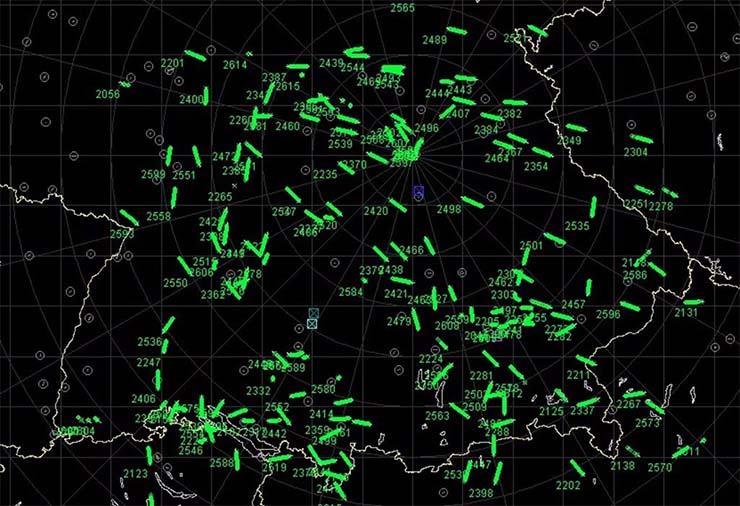
Cologne: The German air force has begun testing so-called passive radar as a complementary surveillance technique for ground-based air-defence formations, aimed at helping covert operations surprise adversaries.
Luftwaffe officials want to find out whether the technology, which measures disturbances in the soup of commercial television and radio broadcast signals permeating crowded airspaces, can provide an “early cue” about approaching threats, German air force chief Lt. Gen. Ingo Gerhardt said.
Passive radar works covertly because it measures aerial objects’ echoes from existing radio waves and doesn’t itself pulse the airspace for threats. The use of passive radar still requires defenders to turn on their active radar, which exposes them to detection, but only for brief periods.
“Then you only have to go active for the shot itself,” Gerhartz said, referring to active radar guiding an interceptor missile to a target.
The system in question is called Twinvis, made by sensor specialist HENSOLDT. A company spokesman confirmed that a system was now under contract.
Passive radar technology has existed for decades, but only recent advances in sensing and signals processing have made it usable in real-world operations, HENSOLDT has said. Experts liken it to a hunter observing an animal move through dense reeds. While the exact type of prey may remain unknown, the position information is crucial for the hunter closing in.
Luftwaffe expectations around passive radar come in the context of observations from the battlefields of Ukraine, where neither Russia or Ukraine have been able to establish air superiority because ground-based defences are so effective. The term air superiority refers to the ability to deploy warplanes uncontested, which analysts consider a prerequisite for victory.
Berlin has delivered several of the latest-generation IRIS-T SLM air- and missile-defence weapons to Ukraine to help protect population centres from Russian drones and missiles. The system, made by Diehl Defence, is optionally available with Twinvis passive radar.















